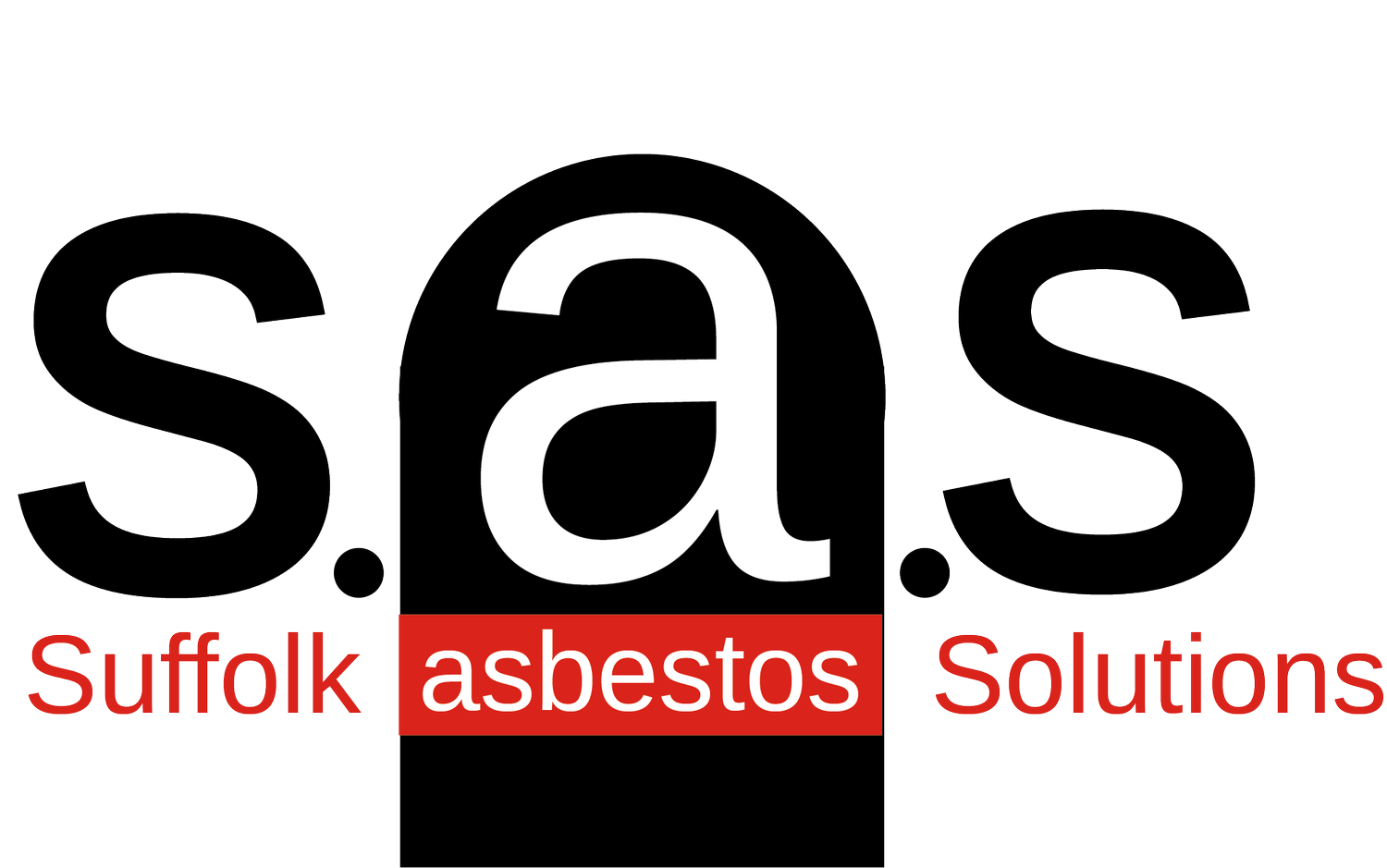Asbestos Soffit Removal
Asbestos Materials
There were two different types of asbestos products used as a soffit board and it was the material of choice in the days when the health implications of asbestos were not known. One product is AIB (Asbestos Insulation Board) the other is Asbestos Cement. Whilst both have asbestos content, the removal methods and costs are very different.
Other asbestos materials that may be in place and disturbed if soffits, fascia’s and barge boards are being replaced could be rainwater goods including asbestos cement gutters and downpipes, asbestos roof tiles and corrugated roofing sheets, asbestos verge tiles, roofing felts and bitumen products.
Asbestos Cement Soffit Removal
Asbestos Cement soffit removal in comparison to Asbestos Insulation Board soffits is relatively straight forward and inexpensive. The asbestos is firmly held within the composition of other bonding materials of the board and does not require notification to the Health and Safety Executive prior to its removal unless heavily damaged.
Removal of cement soffits, although carried out safely and in accordance with regulations and guidelines, does not require the work to be carried out inside of a constructed enclosure or require many of the other requirements as needed if the material was Asbestos Insulation Board.
Asbestos Insulation Board, Soffit Board Removal
Asbestos Insulation Board, or more commonly known as it’s abbreviated name AIB, are boards that have a high asbestos content usually containing Amosite (Brown) and can also contain Chrysotile (White) and Crocidolite (Blue) asbestos. The boards can be easily damaged and can easily release harmful asbestos fibres.
The Removal Process
Generally, this work needs to be carried out by a licensed asbestos contractor, under fully controlled conditions and the local enforcing authority will need to be notified. An asbestos enclosure is constructed, and the removal will usually take place while the enclosure is under negative pressure. It is vital that the correct decontamination procedures are used and that all asbestos removal contractors wear appropriate person protective equipment (PPE) and respiratory protective equipment (RPE).
Once the AIB soffits have been removed, the area is fully decontaminated and air tests are carried out to ensure the area is free of contamination. Asbestos insulating board waste is then transported to an authorised asbestos waste disposal site.
Testing Soffits For Asbestos Content
Prior to replacing any soffits, it’s always recommended that soffits are tested, and further investigations carried out to ensure any original asbestos soffits have not been overboard with non-asbestos materials.
By not having the soffits tested, there will be a risk of exposing workers, property occupiers, neighbouring occupiers and the general passing public to asbestos fibres. Suffolk Asbestos Solutions can provide a testing service and investigate if any over boarding is covering up asbestos soffits. This service is cheaper than you might imagine and a very important process to ensuring the health and safety of everyone.
Covering Asbestos Soffits
Covering over asbestos soffits should not be an option and you should be very suspicious of companies offering to carry out this technique. Covering over asbestos soffits requires the new soffit material to be fixed to the existing asbestos soffit, resulting in releasing dangerous asbestos fibres into the air and potentially risking people health by being exposed to the material.




